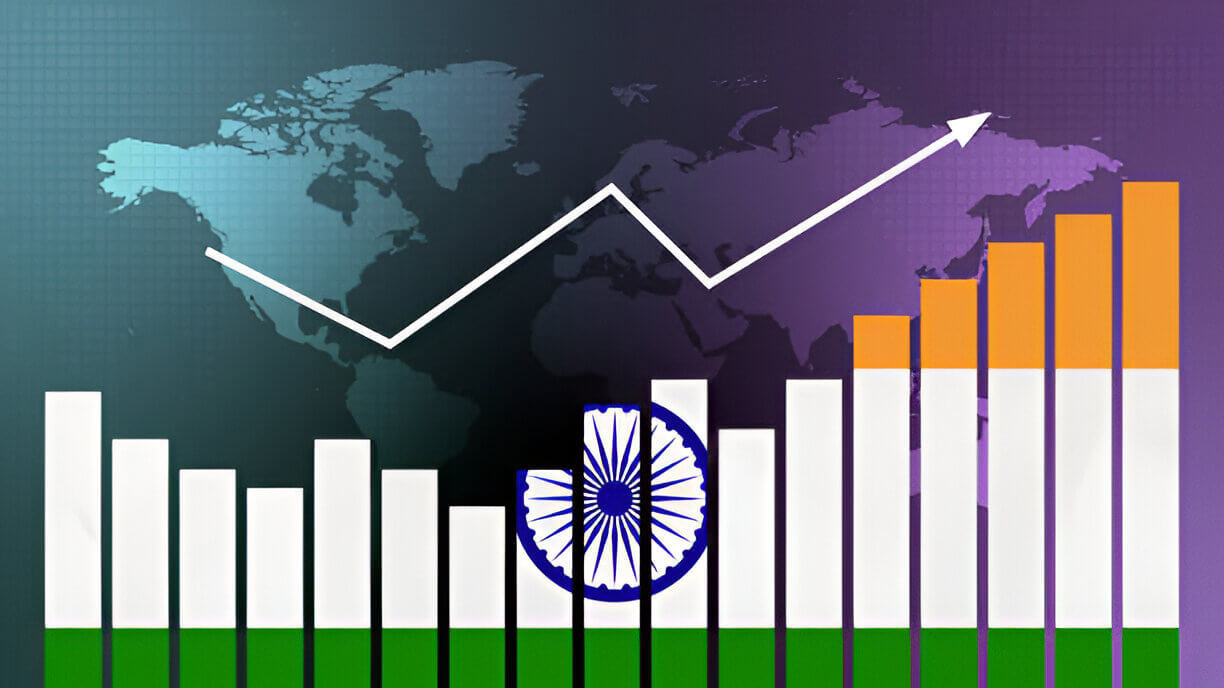The Indian stock market is dominated by two major indices – Sensex and Nifty 50. These benchmarks serve as vital indicators of the country’s economic and financial health. Whether you’re an experienced investor or a beginner looking to understand stock market trends, knowing the differences and similarities between Sensex and Nifty 50 is essential. Investing in stocks through these indices can provide substantial opportunities for growth and portfolio diversification.
Understanding Sensex and Nifty 50
What is Sensex?
The BSE Sensex (Sensitive Index) is the benchmark index of the Bombay Stock Exchange (BSE). It consists of 30 well-established and financially sound companies listed on BSE, representing various sectors of the Indian economy.
- Launched in: 1986
- Base Year: 1978-79
- Number of Stocks: 30
- Calculation Method: Free-float market capitalization
What is Nifty 50?
The nifty 50 is the flagship index of the National Stock Exchange (NSE) and comprises the top 50 companies across various industries. It provides a broader market representation than Sensex.
- Launched in: 1996
- Base Year: 1995
- Number of Stocks: 50
- Calculation Method: Free-float market capitalization
Key Differences Between Sensex and Nifty 50
| Factor | Sensex | Nifty 50 |
| Exchange | BSE (Bombay Stock Exchange) | NSE (National Stock Exchange) |
| Number of Stocks | 30 | 50 |
| Launched In | 1986 | 1996 |
| Base Year | 1978-79 | 1995 |
| Calculation Method | Free-float Market Cap | Free-float Market Cap |
| Sector Representation | Limited to 30 companies | Broader, 50 companies |
Why Investors Track Sensex and Nifty 50?
1. Market Sentiment Analysis
Both Sensex and Nifty 50 reflect market sentiment. When Sensex and Nifty 50 rise, it indicates bullish market conditions, whereas a decline suggests bearish trends.
2. Investment Benchmarking
Fund managers and retail investors use these indices to compare portfolio performance against the broader market.
3. Economic Indicator
Tracking indices like Nifty 50 and Sensex helps gauge economic growth and corporate sector performance.
Tracking Market Volatility: India VIX
The India VIX (Volatility Index) measures the market’s expectation of volatility over the next 30 days. Higher India VIX values indicate greater market uncertainty, while lower values suggest stability. Traders often track sensex today and Nifty 50 movements along with India VIX to predict market trends.
Performance Comparison: Sensex vs. Nifty 50
Over the years, both indices have shown strong growth, though their performance may vary.
Historical Returns
| Year | Sensex Annual Return (%) | Nifty 50 Annual Return (%) |
| 2020 | 15.75% | 14.90% |
| 2021 | 22.02% | 24.12% |
| 2022 | 4.44% | 3.75% |
| 2023 | 12.39% | 13.42% |
Both indices have delivered consistent returns, making them attractive for investors in stocks and long-term investments.
Which Index is Better for Investors?
- For Large-Cap Investors: Nifty 50 is preferred due to its broader stock representation.
- For Tracking Market Trends: Sensex provides a snapshot of India’s top companies and economic performance.
- For Traders and Short-Term Investors: Tracking Sensex today along with India VIX can help gauge daily market fluctuations.
The Role of Sectoral Indices in Investment Decisions
While Sensex and Nifty 50 represent overall market performance, sectoral indices provide insights into specific industries. Some key sectoral indices include:
- Nifty Bank: Tracks the performance of leading banking stocks.
- Nifty IT: Represents top IT companies in India.
- Nifty Pharma: Focuses on pharmaceutical companies.
- Nifty FMCG: Covers fast-moving consumer goods companies.
Tracking these indices helps investors make sector-specific investment decisions and diversify their portfolios based on industry performance.
The Impact of Global Markets on Sensex and Nifty 50
Global financial markets have a significant influence on Indian indices. Key factors include:
- US Federal Reserve Policies: Interest rate changes in the US impact foreign investment in Indian stocks.
- Crude Oil Prices: Rising oil prices can lead to inflationary pressure, affecting Indian equities.
- Global Economic Trends: Recessions or booms in major economies impact investor sentiment in India.
- Geopolitical Events: Conflicts, trade wars, or policy changes in global markets can cause volatility in Sensex and Nifty 50.
Understanding these global market influences helps investors make well-informed decisions while tracking Indian indices.
Conclusion
Both Sensex and Nifty 50 serve as crucial indicators for investors and traders in India’s financial markets. While Sensex offers insights into 30 top companies, Nifty 50 provides a broader market view with 50 companies. Investors looking for market exposure should consider their investment goals and risk appetite before choosing between these indices.
By keeping an eye on market trends, tracking Sensex today, and monitoring India VIX, investors can make informed decisions in the ever-evolving world of stocks.






